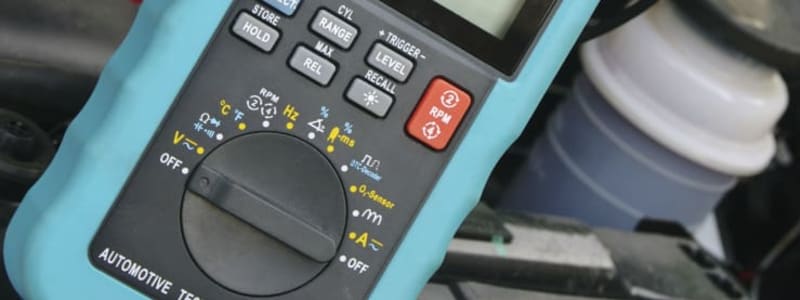
So, you have looked at a range of OBD diagnostic tools that are available on the market and you have come to the conclusion that they actually are extremely useful items to use.
You have then taken it one step further and went ahead and purchased one, but now there is only one issue to focus on: how exactly do you use it?
Get up to quotes on your car repair
Getting Started With the Tool
To get started, you need to plug in the scanner and that is very easy to do as you will find an OBDII connector somewhere under the dashboard, so you might have to get down on your hands and knees to find it.
You will know you have the correct one when the connector on the scanner matches it, so plug it in.
Once it is plugged in, generally speaking you should not switch on the engine at this point, but you will have to turn the key so that everything lights up on the dashboard.
Most of these diagnostic tools will then ask you several key pieces of information and it is important that you enter the correct details as this can have an impact on how it can then identify the issue.
What you should see on your screen are various prompts and you will then be asked to enter the make of car as well as the model, the type of engine, and the VIN number.
This helps the tool to identify the vehicle, so double check all of the information before you proceed to each new screen.
Get up to quotes on your car repair
After the Information
By now, you have entered the relevant details and it is time to allow the diagnostic tool to get to work. The first thing that you may come across is the ability to scan for any trouble codes and this is something that you need to do immediately.
Now, depending on the model that you use there are a couple of options as to what happens next. Some of the more expensive models will have an on-board system that will scan for the trouble code and then tell you what that code means. However, cheaper models will give you either a CD or a list of codes and what they mean on paper, but there is a third option, the Internet.
At this point, you can then leave it plugged in to see if it can fix the problem itself.
Different types, different services
This is what basic scanners are capable of doing, but there are more expensive models that will then give you further options to explore things further. For example, by keeping the scanner plugged in, you may be given different menu options.
With these options, you can scroll through the various numbers that the scanner is picking up that will allow those with the knowledge to really get to the absolute core of the issue. This is all done in real time as well.
Finally, the more professional scanners are also capable of providing mechanics and technicians with various graphs that allow them to watch how certain sensors are working at any given time.
This allows them to work out what is going wrong and when in order to then rectify the problem as quickly as possible. However, your run of the mill diagnostic tools will not allow you to do this, but then you would have to be able to understand all of these graphs to make it worth your while.
So, as you can see it is very easy to use a diagnostic tool as it just involves you plugging it into the dashboard and then following the instructions on the screen.
The rest is ultimately up to you and your level of knowledge, so if you are indeed concerned about that, then stick to a basic tool that does everything for you as it will certainly stop you from getting a headache.






